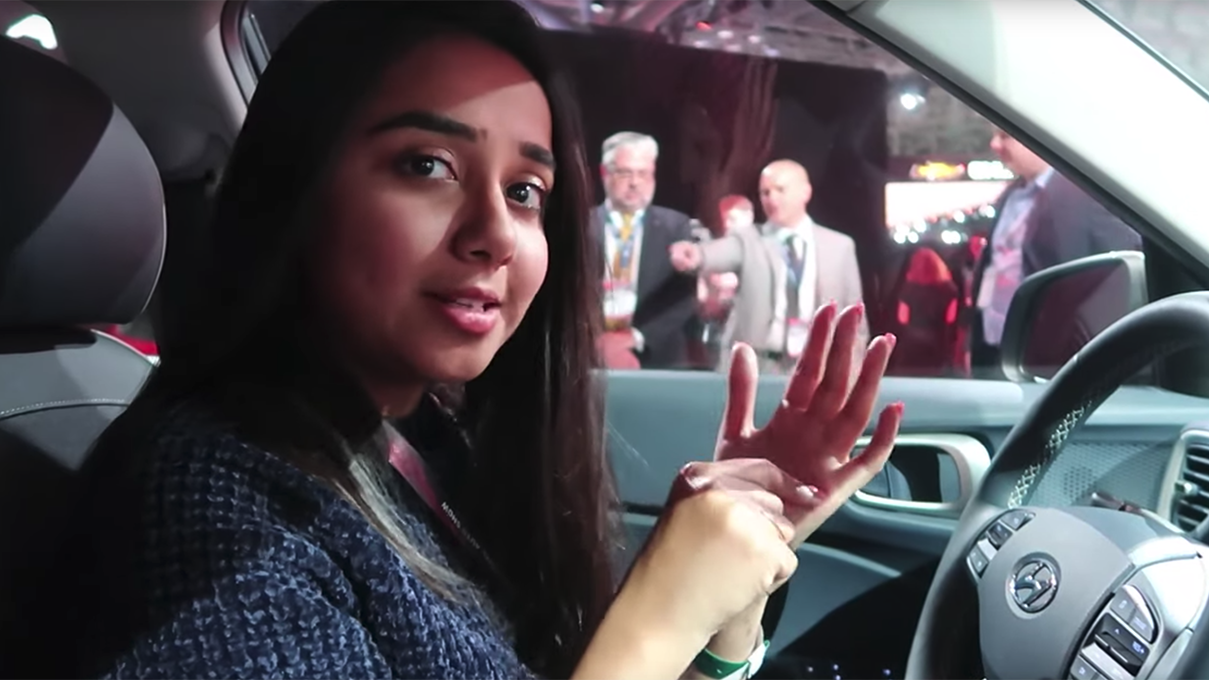Artur Martins, SVP global chief brand officer and chief experience officer at Kia, shares how an emphasis on first-party data is helping the auto brand become a more customer-centric company.
For many years, Kia’s innovative designs, combined with traditional marketing techniques, have been enough to drive our business forward.
But traditional marketing practices and the technologies that power them are not ready to meet increasing customer expectations and regulatory demands for privacy. Today, customers don’t just exchange money for goods and services. They share their personal information and trust companies with their privacy in exchange for relevant brand experiences.
Being customer-centric means getting the value exchange with customers right.
So we must transform our approach to marketing and how we serve our customers. This involves completely rethinking the way we approach data and putting ourselves in our customers' shoes. To achieve this, we’re asking ourselves questions like: “What customer data do we need for this campaign?”, “Why are we asking customers for this information?”, and “How can we reimagine the way we use data to become a more customer-centric brand?” Here are some ways we’re answering those questions.
Focus on the value exchange when collecting first-party data
Ultimately, being customer-centric means getting the value exchange with customers right.
Historically, since we do not sell directly to the final users, we viewed car dealers as our main customers. As we pivot to be a more customer-centric brand, it’s important for us to create a cohesive experience for the end user — the people actually driving our cars home from the dealership — so they can quickly find the perfect car.
One way we’re doing this is by using insights to lean into how customers engage with our brand. Since people typically engage with our brand through our dealers, we are working with regional dealers to build standardized web templates that give customers a consistent website experience. And we are developing tools that integrate with dealer-network solutions.
We don’t typically partner with our dealers like this, but we share a common responsibility to make the car-buying process easy for people by quickly understanding what kind of car they want and sharing relevant cars and offers.
In parallel to working with dealers, we are also testing capabilities to engage people on our own channels so we can increase the value customers get out of their shopping experience with Kia. Instead of simply showing up at a dealership or making a call, customers can now book test drives in advance through our website. This helps people feel confident that they are purchasing the right car for their needs, and it helps us understand their car preferences so we can share relevant offers.
We also use signals from online car-configuration simulators and other e-commerce features to understand what customers want in a dream car and to tailor their UX experience on our website. These efforts help us capture the right customer signals and deliver better purchase triggers. It also motivates customers to log in and shop for their next car with us.
Connect first-party data with help from ad-tech partners
In the past, most of our customer data was siloed within different systems and teams, so we couldn’t create cross-channel marketing plans. As we experiment with new ways to unlock our data with dealers and with new digital features on our website, we are working with our technology partners to connect and activate first-party data using privacy-safe tools.
In preparation for a new car launch, we worked with agency partners like Media.Monks to help us find new ways to connect and activate our first-party data.
We’ve already seen short-term gains as we continue to develop long-term resilience and capabilities.
The agency team helped us deploy Google Analytics for one of our regional subsidiaries, which helped us bring dealer CRM data together with our Kia app and website data. This data hadn’t been previously used for marketing purposes due to data silos with dealers. But once we connected our first-party data, we were able to use Customer Match to reach people who engaged with us on our Carnival website, along with others like them. As a result, we saw a 4X better conversion rate, a 268% increase in click-through rate, and 55% new-user engagement compared with our benchmarks.
As we continue our digital-transformation journey, we’re building a customer-centric foundation to guide our efforts, and we’ve already seen short-term gains as we continue to develop long-term resilience and capabilities. We’re scaling these efforts globally to help future-proof our brand as we adapt to the shifting privacy environment.







